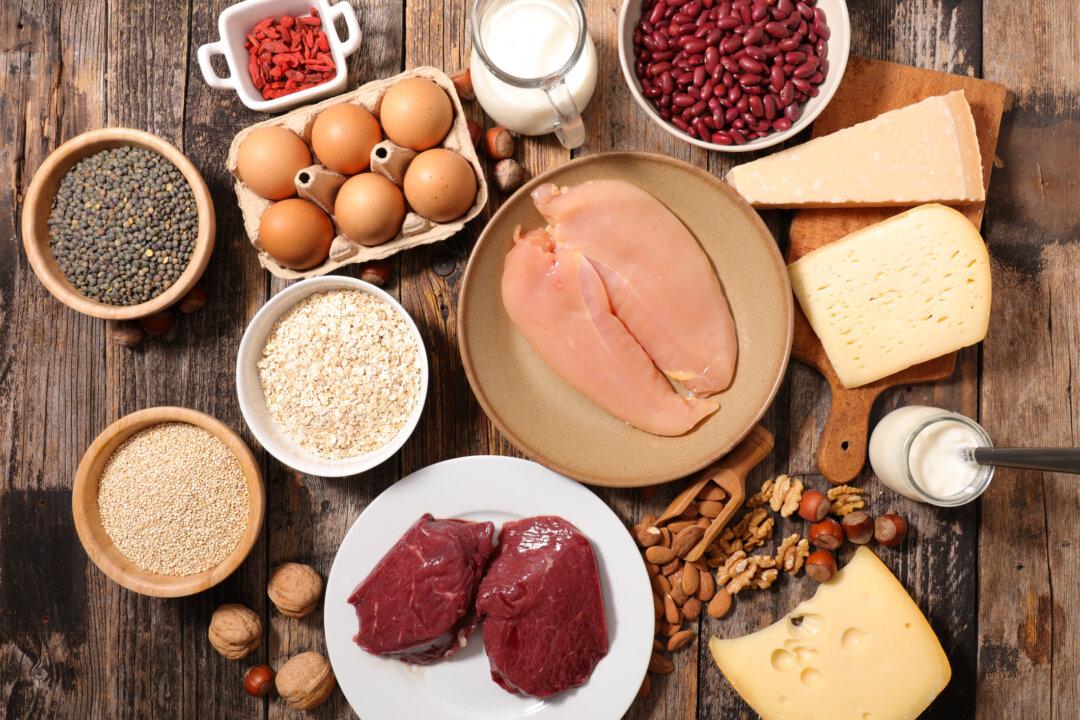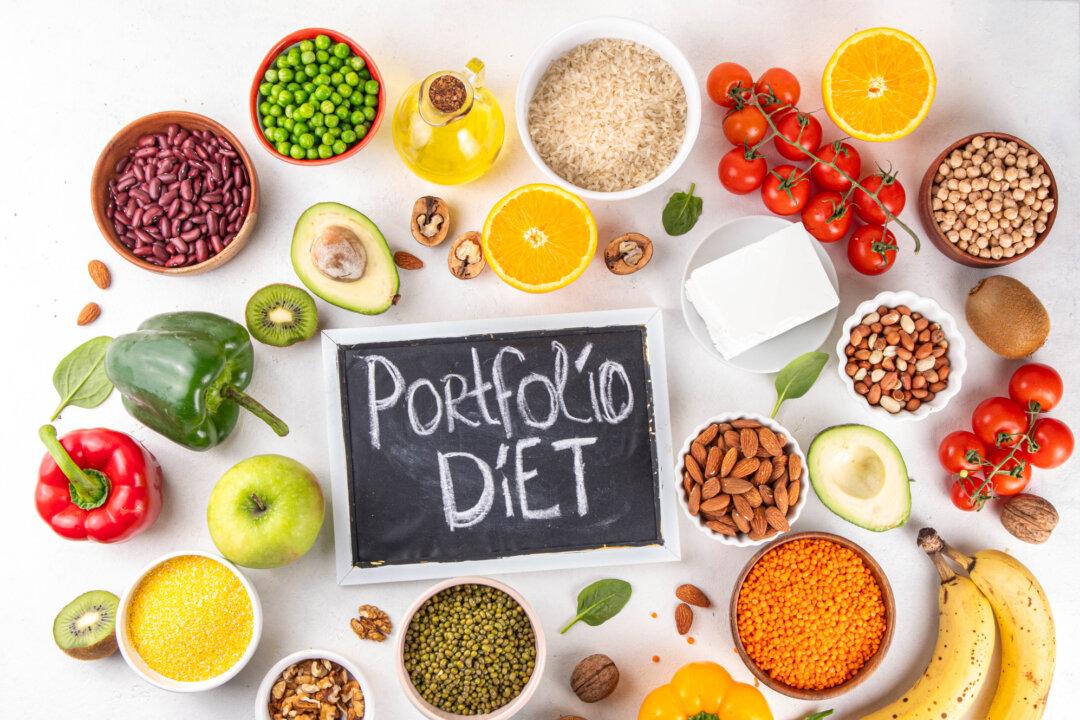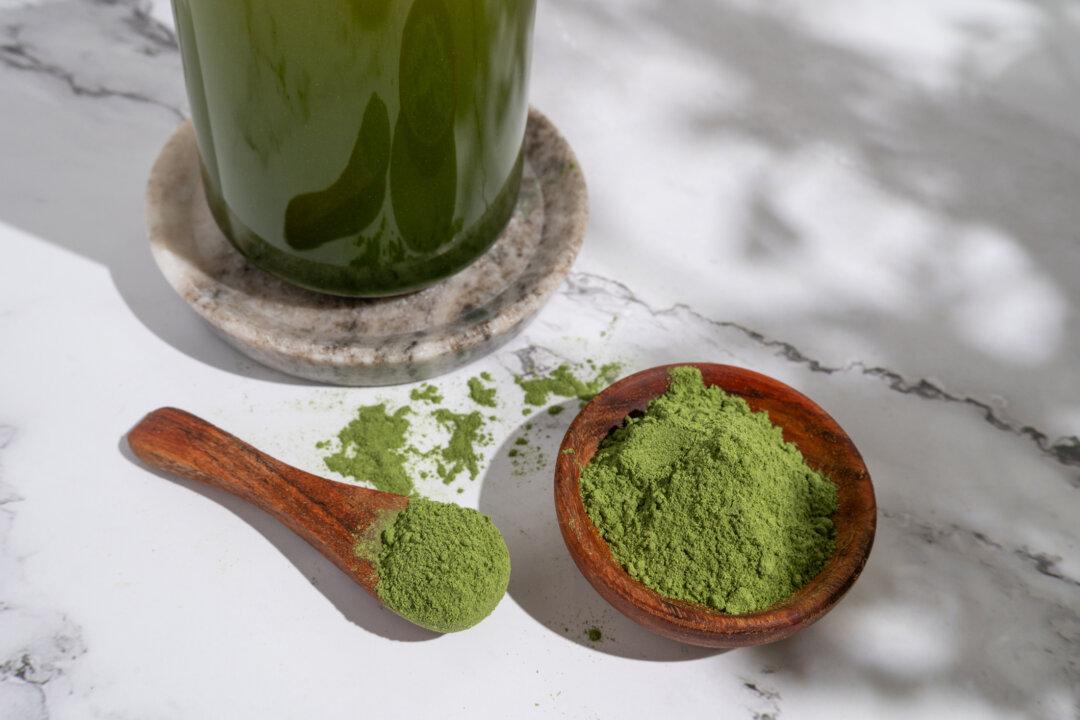Nearly every health expert will be quick to tell you that it’s a good idea to load up your shopping cart with more vegetables and fruits. Their unique nutritional stew of fiber, antioxidants, vitamins, and minerals is key to lasting health. But sometimes fresh options in the produce aisle don’t look so fresh and are expensive, especially when out of season locally. That’s when it’s time to spin your wheels toward the frozen food department for the unsung subzero heroes of the supermarket.
There’s a common misconception that frozen fruits and veggies are not as healthy as their fresh counterparts, but New York dietitian Deborah Malkoff-Cohen says this is not necessarily true: “Fruits and vegetables are picked when they are at their peak ripeness and flash-frozen to retain all of their nutrients, antioxidants, and flavor.”
And this occurs shortly after harvesting, so think of the process as Mother Nature’s pause button (many vegetables undergo blanching in hot water for a short time before freezing to inactivate enzymes that degrade color, smell, flavor, and nutritional value). For some items such as green peas and peaches, frozen retains a much more appetizing vibrant color than canned.
Contrast this with fresh out-of-season produce fated for long-haul shipping, which are generally picked before ripe and, in turn, fall short of their full nutritive and flavor potential; plus, long-haul transport from farm to fork and lengthy storage times can further degrade nutrition and taste.





